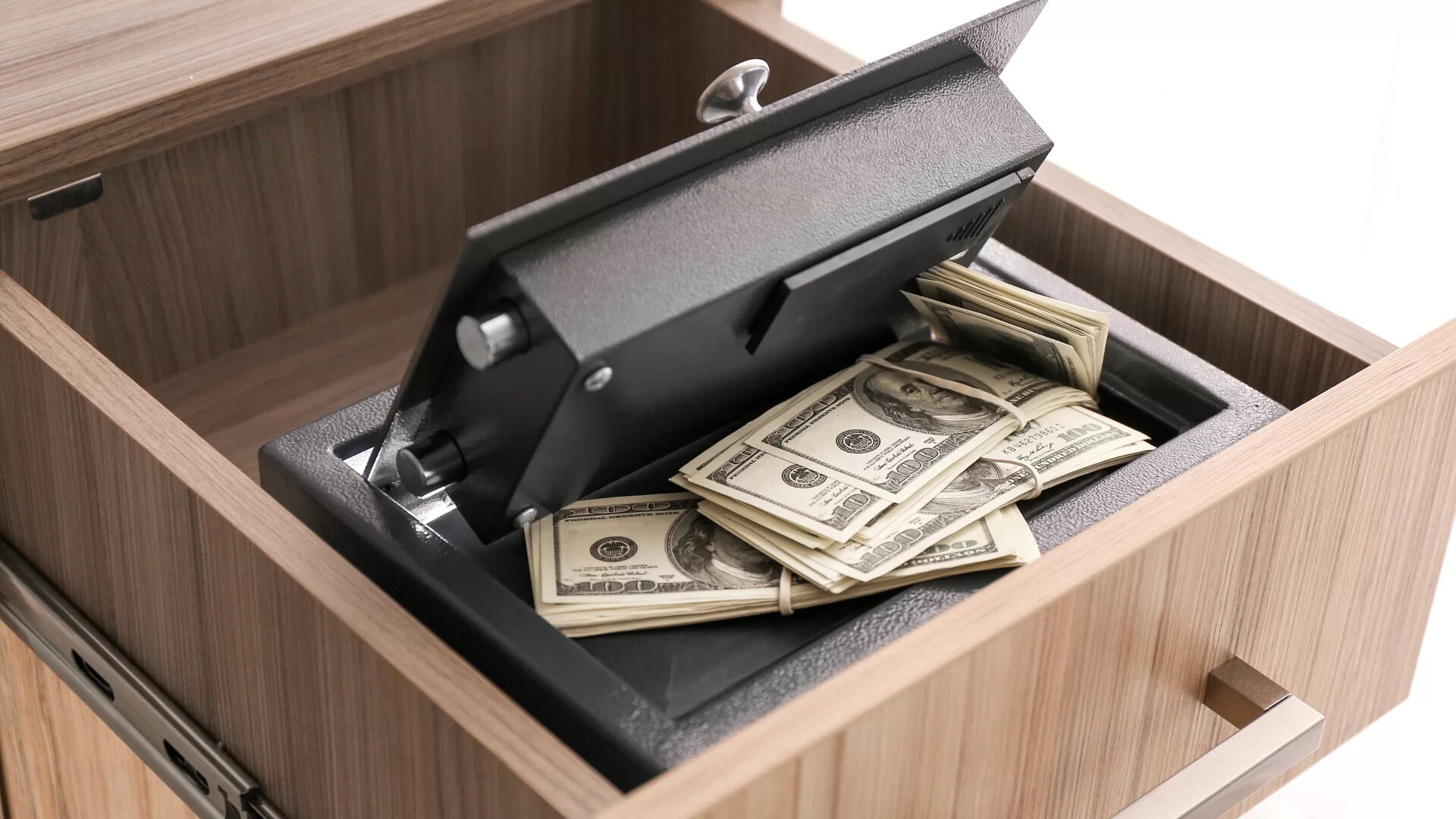

Articles
How To Store Cash In A Safe
Modified: January 5, 2024
Learn how to safely store your cash in a secure location with our informative articles. Protect your valuable assets and gain peace of mind today.
(Many of the links in this article redirect to a specific reviewed product. Your purchase of these products through affiliate links helps to generate commission for Storables.com, at no extra cost. Learn more)
Introduction
Storing cash safely is crucial for individuals and businesses alike. Whether you’re saving money for emergencies, managing cash flow for your business, or safeguarding your hard-earned cash, a safe is an essential tool to provide security and peace of mind.
Selecting the right safe is the first step towards ensuring the protection of your cash and other valuable assets. However, it’s not just about choosing any safe; you need a safe that is specifically designed to handle cash storage. In this article, we will explore the factors to consider when selecting a safe, the importance of safe location, organizing and securing cash within the safe, protecting your cash from theft, and maintaining and monitoring your safe.
By following these guidelines, you can have confidence that your cash is protected and easily accessible when you need it, all while deterring potential thieves and maintaining the security of your financial assets.
Key Takeaways:
- Choosing the right safe, strategic location, and organized cash management are crucial for safeguarding your financial assets. Implementing security measures and regular maintenance ensures long-term protection.
- Protecting cash from theft requires careful consideration of safe placement, surveillance, access control, and employee training. Regular monitoring and maintenance are essential for maintaining optimal security.
Read more: How To Store Cash Safely
Selecting the Right Safe
When it comes to selecting the right safe for storing cash, there are several important factors to consider. Here are some key considerations:
- Size and Capacity: Determine the amount of cash you need to store and choose a safe that offers adequate space and capacity. Consider not only the current cash requirements but also any future expansion or increased storage needs.
- Type of Safe: Different types of safes are available, including wall safes, floor safes, and freestanding safes. Evaluate your space and security requirements to determine which type suits your needs best.
- Locking Mechanism: The locking mechanism of a safe is crucial for its security. Options include traditional combination locks, digital keypads, biometric locks, or a combination of multiple lock types.
- Fire and Water Resistance: Consider a safe that provides fire and water resistance, as these features can protect your cash even in case of unforeseen accidents or disasters.
- Level of Security: Look for safes that have been independently tested and certified for their level of security. Common certifications include Underwriters Laboratories (UL) ratings, which indicate the safe’s ability to withstand various forms of attack.
- Budget: Determine your budget for purchasing a safe. Remember that investing in a high-quality safe is a long-term investment in asset protection.
By considering these factors, you can choose a safe that meets your specific requirements and offers optimal security for storing your cash.
Considerations for Safe Location
Once you have selected the right safe for storing your cash, the next important step is to determine the ideal location for your safe. Here are some considerations to keep in mind:
- Accessibility: Choose a location that is easily accessible to authorized individuals who need to deposit or withdraw cash. This could be a secure room, office, or closet that has limited access.
- Visibility: It is advisable to place the safe in a discreet location where it is not easily visible to outsiders. This reduces the risk of attracting unwanted attention and potential theft.
- Structural Support: Ensure that the chosen location has adequate structural support to bear the weight of the safe. Freestanding safes can be heavy, and it is essential to place them on a solid, level surface.
- Surveillance: Consider placing the safe in an area covered by surveillance cameras or within the line of sight of security personnel. This acts as a deterrent and increases the chances of detecting any unauthorized access.
- Temperature and Humidity: Avoid placing the safe in areas prone to extreme temperature fluctuations or high humidity levels. These conditions can damage the cash and other valuable items stored inside.
- Anchoring: If possible, anchor the safe to the floor or wall to secure it further and prevent unauthorized removal.
- Disguise: Consider disguising the safe by incorporating it into existing furniture, hiding it behind a false wall, or utilizing other creative concealment methods. This adds an extra layer of security by making it less conspicuous to potential thieves.
By carefully considering these factors, you can ensure that your safe is strategically located to maximize security and minimize the risk of theft or unauthorized access.
Organizing and Securing Cash
Once your safe is in place, it’s important to establish an organized system for storing and securing your cash. Here are some tips to help you effectively organize and protect your cash:
- Cash Envelopes: Use labeled envelopes or pouches to categorize and store different denominations of cash. This reduces the chances of misplacing money and allows for easy tracking and retrieval.
- Separate Deposits and Withdrawals: Keep your cash deposits separate from any cash withdrawals. This ensures accurate record-keeping and minimizes confusion when accessing funds.
- Arrange by Denomination: Arrange your cash by denomination, with larger bills behind smaller ones. This makes it easier to count and manage cash when conducting transactions.
- Secure Bundles: Use rubber bands or currency straps to secure bundles of cash within your safe. This prevents cash from becoming disorganized or scattered and makes it easier to handle.
- Implement Rotation: Practice cash rotation by using older cash first. This helps prevent the deterioration of banknotes and ensures that your cash remains in good condition.
- Track Cash Flow: Keep a record of all incoming and outgoing cash transactions. This allows for accurate monitoring of your cash flow and helps identify any discrepancies or irregularities.
- Regular Audits: Conduct regular audits to verify the accuracy of your cash holdings. This not only helps identify any discrepancies but also acts as a deterrent against internal theft.
By implementing these organizational strategies, you can maintain a secure and efficient cash management system within your safe.
Consider storing cash in a fireproof and waterproof safe to protect it from damage. Place the safe in a hidden and secure location to minimize the risk of theft.
Protecting Cash from Theft
Protecting your cash from theft is a top priority when storing it in a safe. Here are some important measures to consider:
- Safe Placement: Ensure that your safe is securely anchored and not easily accessible to unauthorized individuals. Avoid placing the safe near windows or other vulnerable entry points.
- Alarm System: Install a reliable alarm system that is connected to your safe. This will alert you and the authorities in the event of a break-in or unauthorized access.
- Security Cameras: Install surveillance cameras in the area where your safe is located. This not only acts as a deterrent but also provides valuable evidence in case of theft or unauthorized activity.
- Access Control: Limit access to the safe by providing key or code access only to authorized individuals. Regularly review and update access permissions to ensure proper control.
- Employee Training: If storing cash for business purposes, train your employees on proper cash handling procedures and security protocols. This includes emphasizing the importance of confidentiality and discouraging the sharing of sensitive information.
- Regular Maintenance: Inspect your safe regularly for any signs of tampering or damage. Ensure that the locking mechanism is in good working condition and address any issues immediately.
- Background Checks: Conduct thorough background checks on employees who have access to the safe. This helps reduce the risk of internal theft or collusion.
- Insurance Coverage: Consider obtaining insurance coverage that specifically protects cash stored within your safe. This provides an added layer of financial security in case of theft or loss.
By implementing these measures, you can significantly reduce the risk of cash theft and ensure the safety and security of your funds.
Read more: How To Store Cash Safely At Home
Maintaining and Monitoring the Safe
Maintaining and monitoring your safe is crucial to ensure its long-term functionality and the security of your cash. Here are some important practices to follow:
- Regular Cleaning: Clean your safe regularly, both internally and externally, to prevent dust buildup and maintain its appearance. Follow the manufacturer’s instructions for cleaning and avoid using abrasive materials.
- Check the Locking Mechanism: Periodically inspect the locking mechanism of your safe to ensure that it is functioning properly. Lubricate hinges and moving parts as recommended by the manufacturer.
- Change Combinations: Change the combination or access code to your safe periodically, especially if there have been any changes in personnel with access to the safe.
- Monitor Access Logs: If your safe has a digital keypad or electronic lock, regularly review the access logs to track who has accessed the safe and when. Look for any suspicious or unauthorized activity.
- Keep Records: Maintain detailed records of all cash deposits and withdrawals from the safe. This will help with tracking cash flow, identifying discrepancies, and reconciling accounts.
- Review Security Protocols: Periodically review and update security protocols surrounding the safe. This includes reviewing access permissions, training employees on proper cash handling procedures, and reinforcing the importance of confidentiality.
- Perform Risk Assessments: Conduct regular risk assessments to identify any potential vulnerabilities in your cash storage system. Address any weaknesses promptly to maintain optimal security.
- Backup Valuable Documents: If you store important documents, such as account statements or receipts, inside the safe, make sure to create digital backups to preserve the information in case of damage or theft.
By following these maintenance and monitoring practices, you can ensure that your safe remains in optimal condition and that the cash stored within it is protected at all times.
Conclusion
Storing cash in a safe is crucial for maintaining the security of your financial assets. Whether you’re an individual looking to protect your savings or a business safeguarding your cash flow, selecting the right safe and implementing proper security measures are essential steps.
When choosing a safe, consider factors such as size, type, locking mechanism, fire and water resistance, and level of security. These considerations will help you select a safe that suits your specific needs and provides adequate protection for your cash.
Equally important is the location of your safe. Choose a secure and discreet area that is easily accessible to authorized individuals while being away from potential threats or prying eyes. Implementing additional security measures such as surveillance cameras, alarm systems, and access control will further enhance the protection of your cash.
Organizing and securing cash within the safe is essential for efficient cash management. Categorize and store cash in envelopes or pouches, arrange it by denomination, and use secure bundling methods to prevent disorganization and optimize accessibility.
To protect your cash from theft, consider measures such as safe placement, installing security cameras, implementing access control, and conducting regular maintenance checks. Employee training, background checks, and insurance coverage also add an extra layer of security.
Maintaining and monitoring your safe ensures its longevity and functionality. Regularly clean and inspect the safe, change combinations periodically, monitor access logs, and keep detailed records of cash transactions for accurate tracking. Stay vigilant and review security protocols to address any potential vulnerabilities.
By following these guidelines for storing cash in a safe, you can ensure the safety and security of your financial assets. Remember, investing in the right safe and implementing proper security measures is a valuable long-term investment in protecting your hard-earned cash.
Frequently Asked Questions about How To Store Cash In A Safe
Was this page helpful?
At Storables.com, we guarantee accurate and reliable information. Our content, validated by Expert Board Contributors, is crafted following stringent Editorial Policies. We're committed to providing you with well-researched, expert-backed insights for all your informational needs.
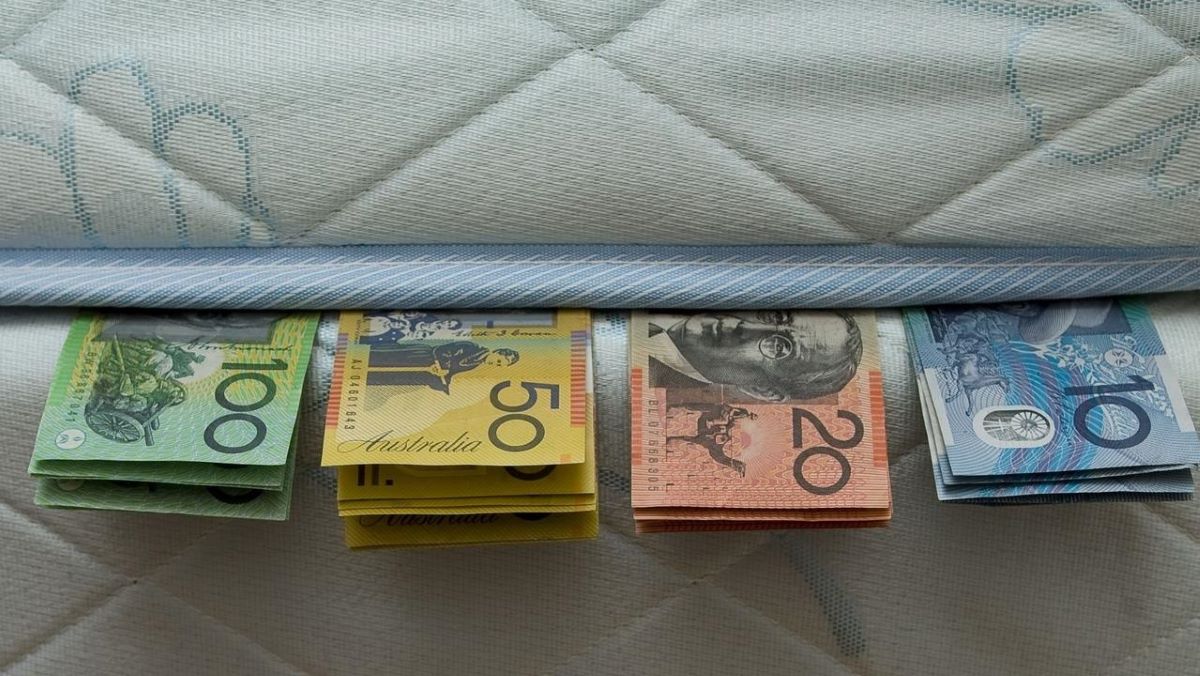

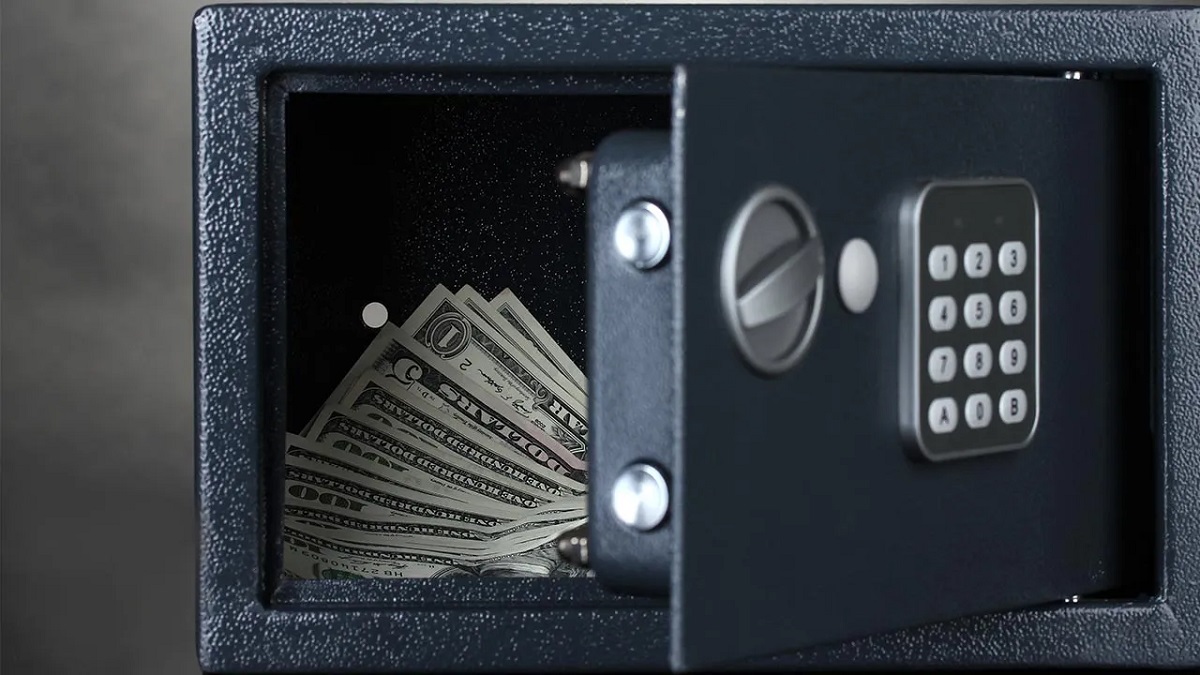
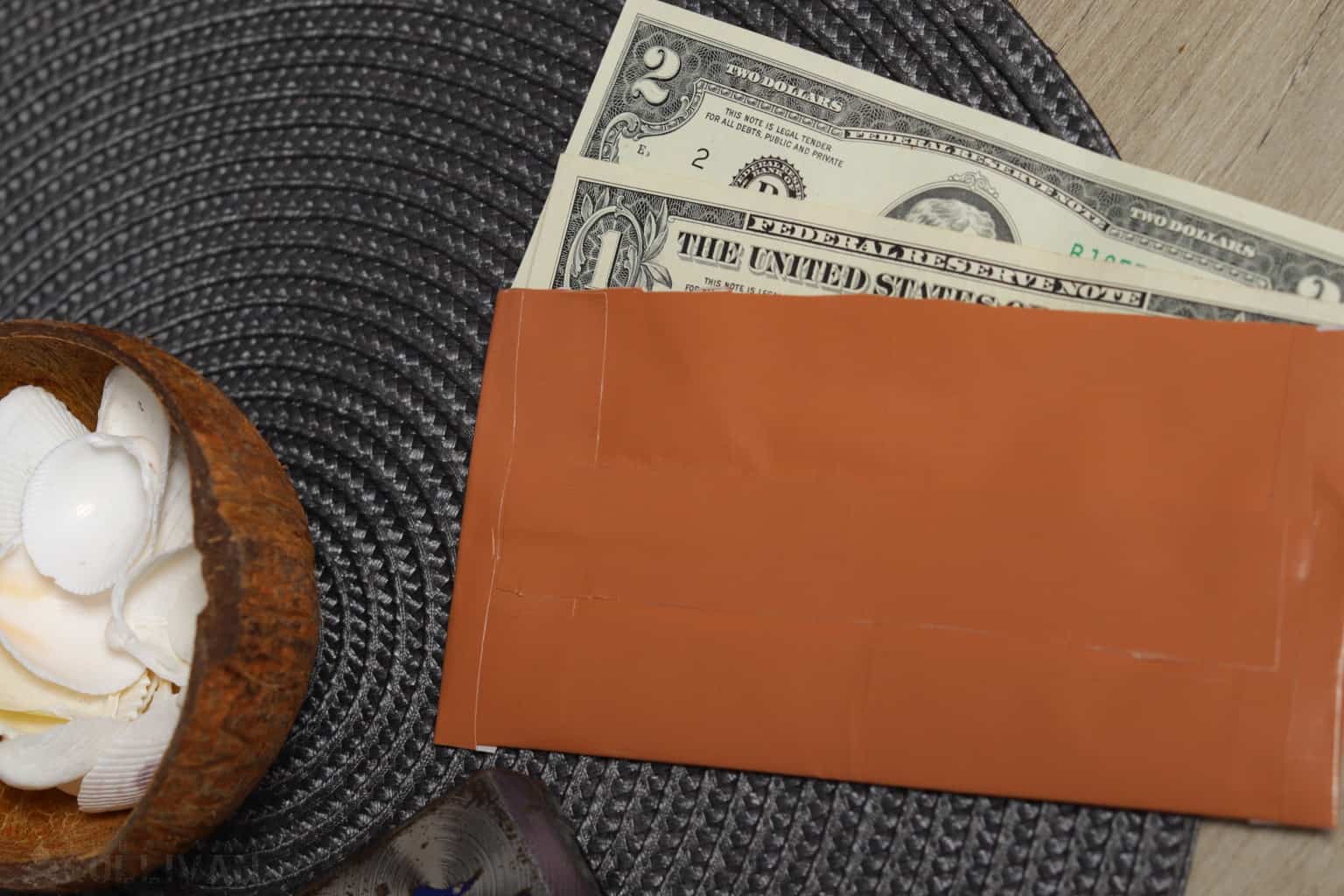
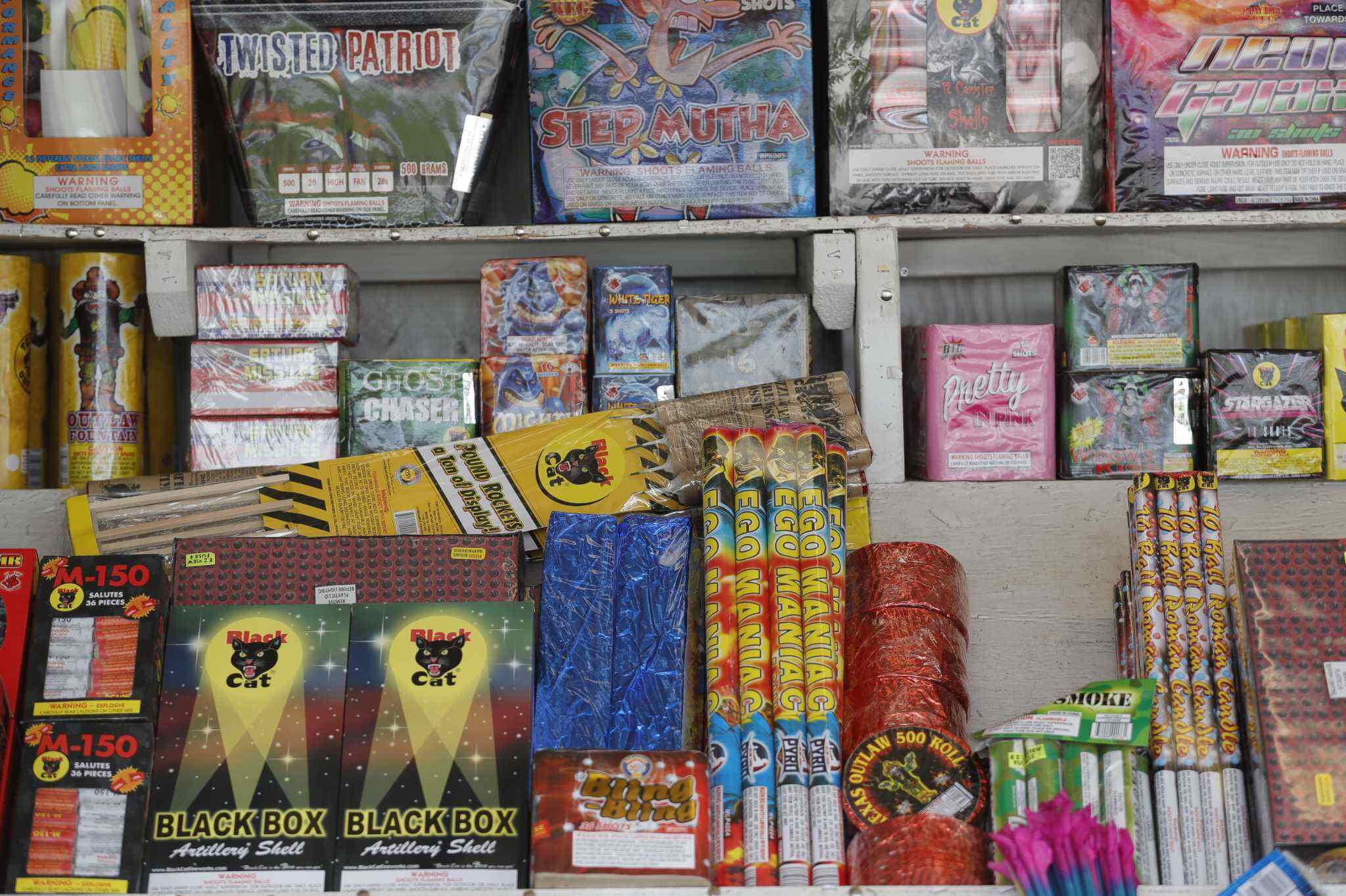
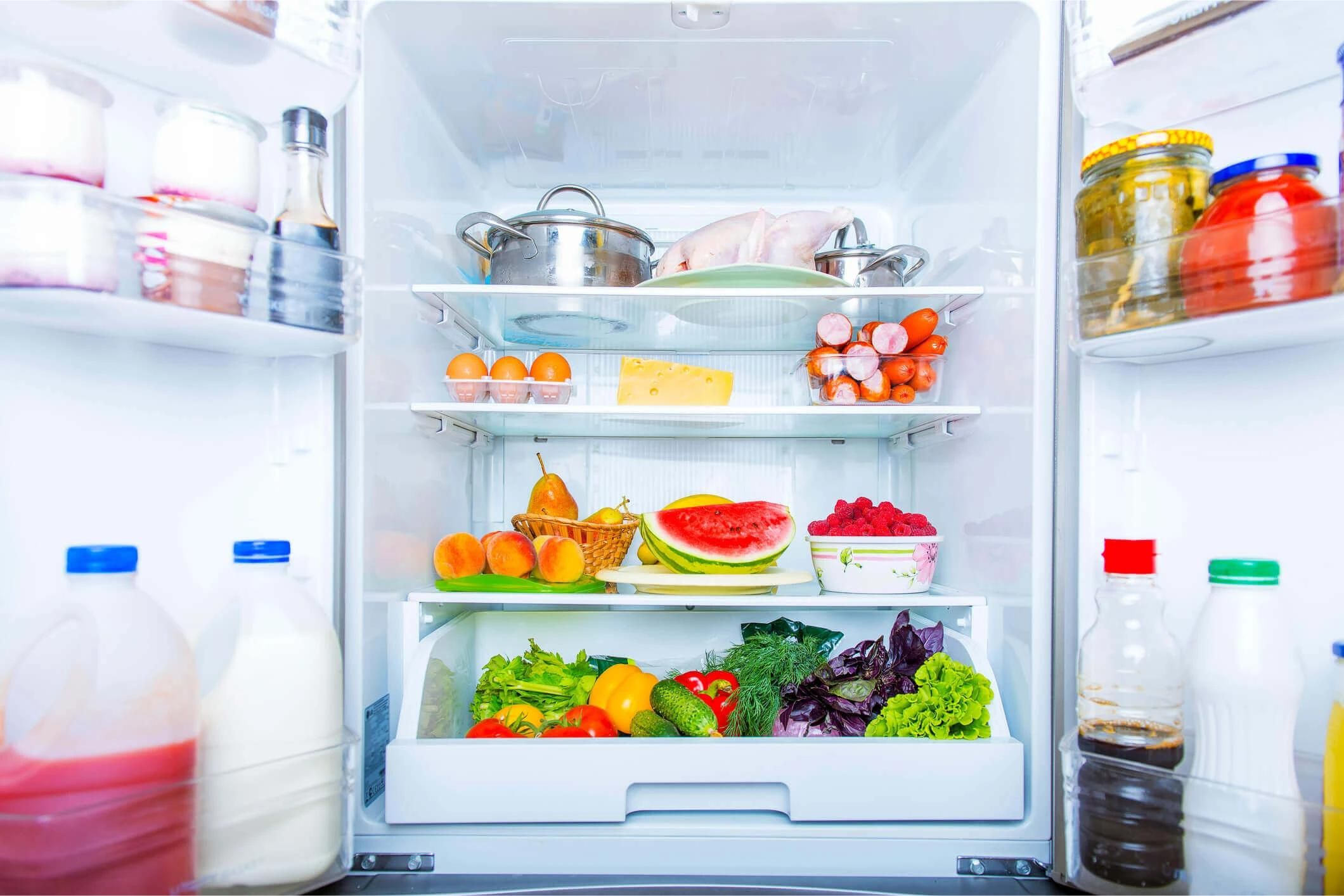
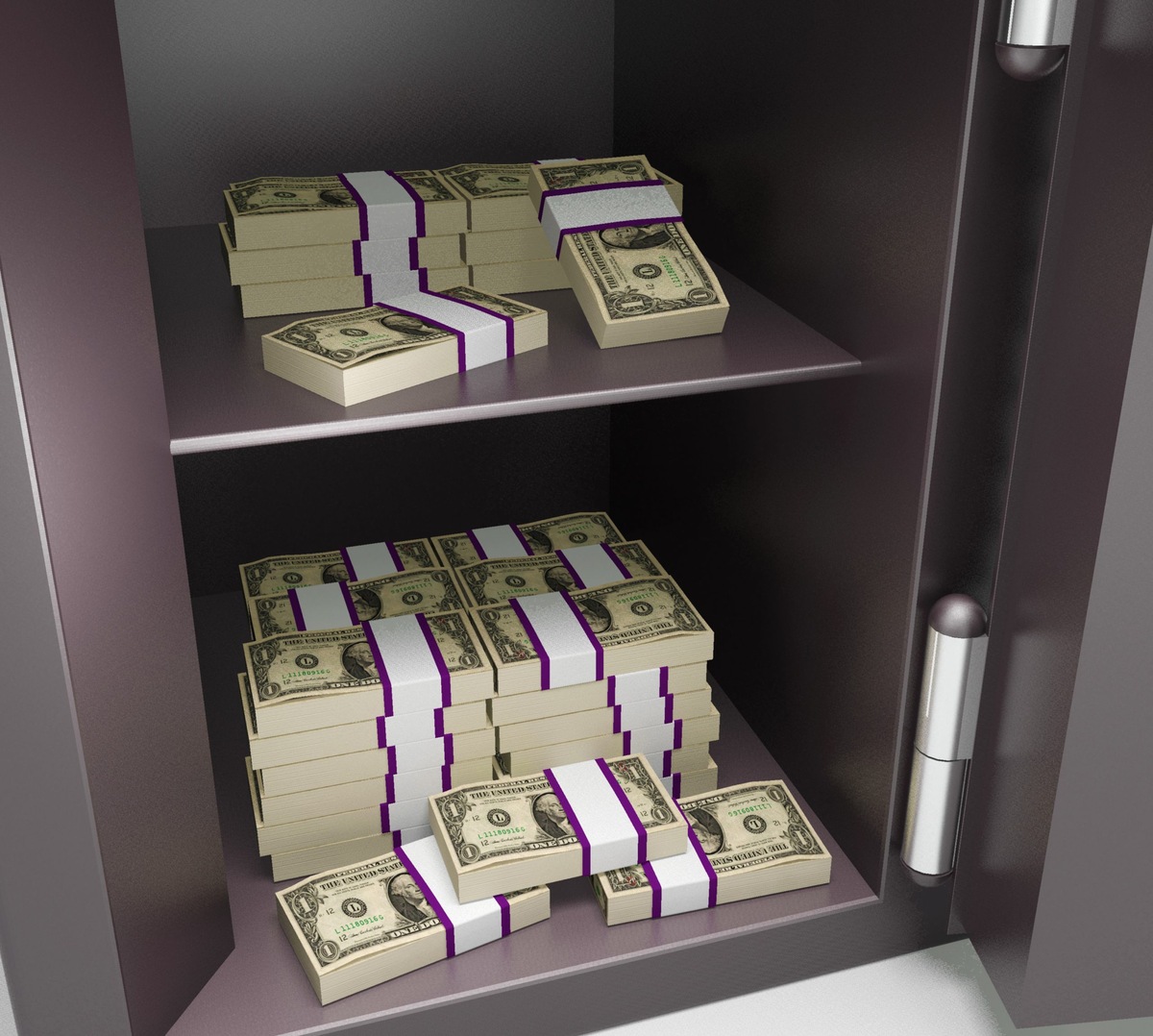
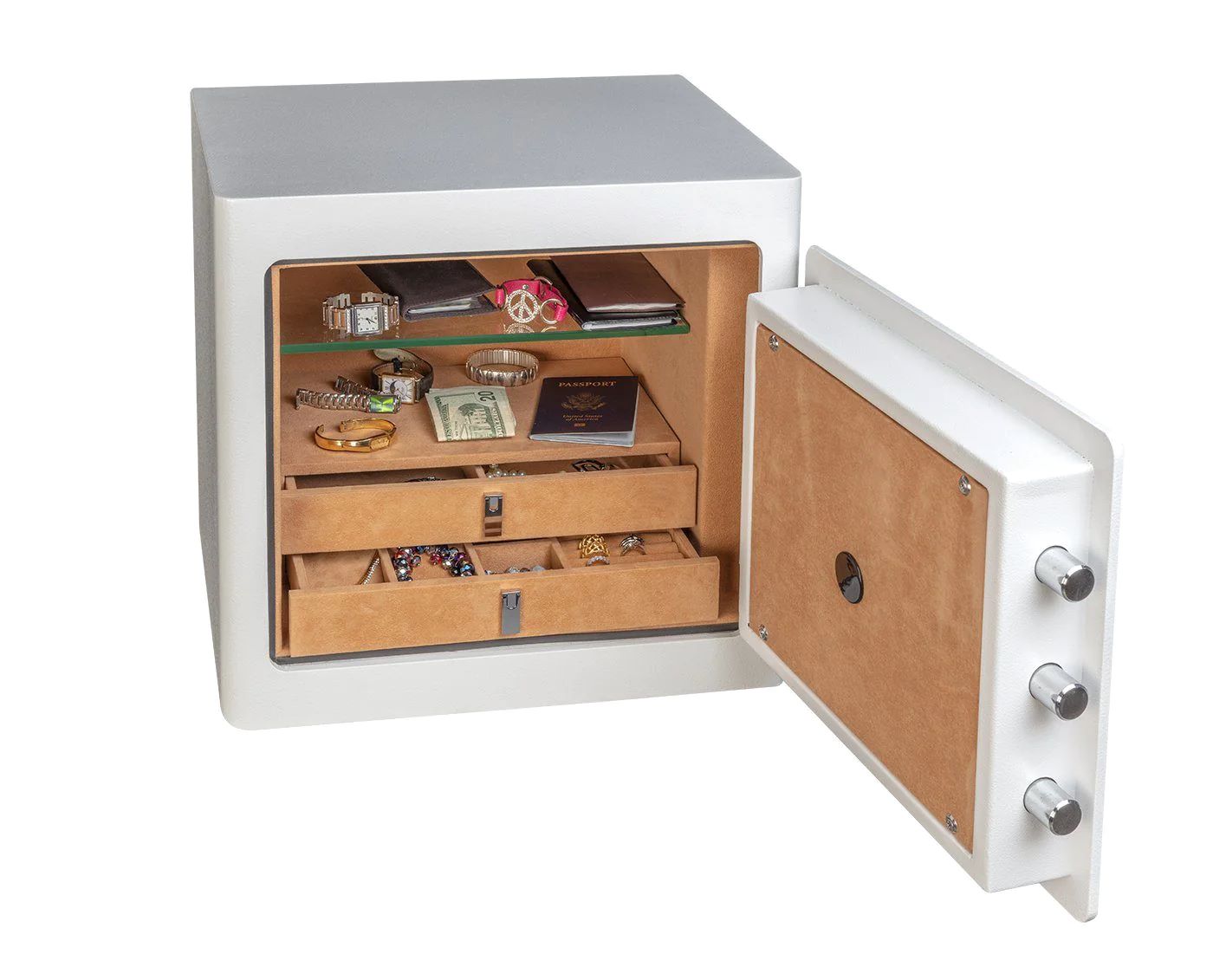
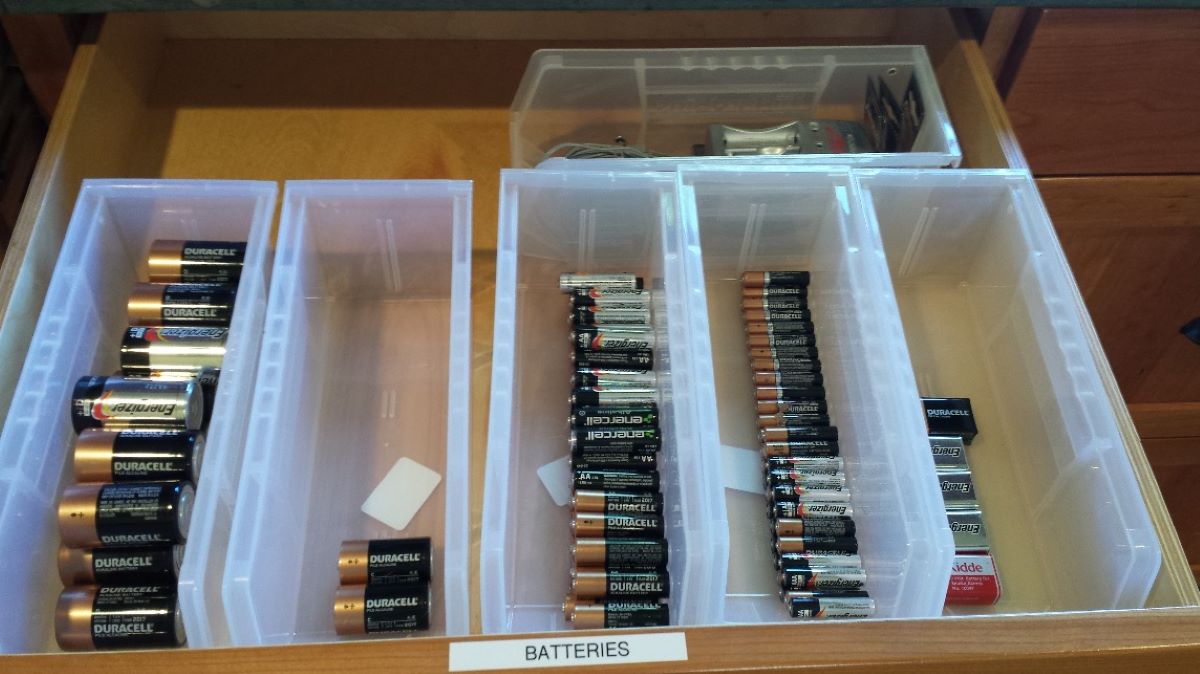
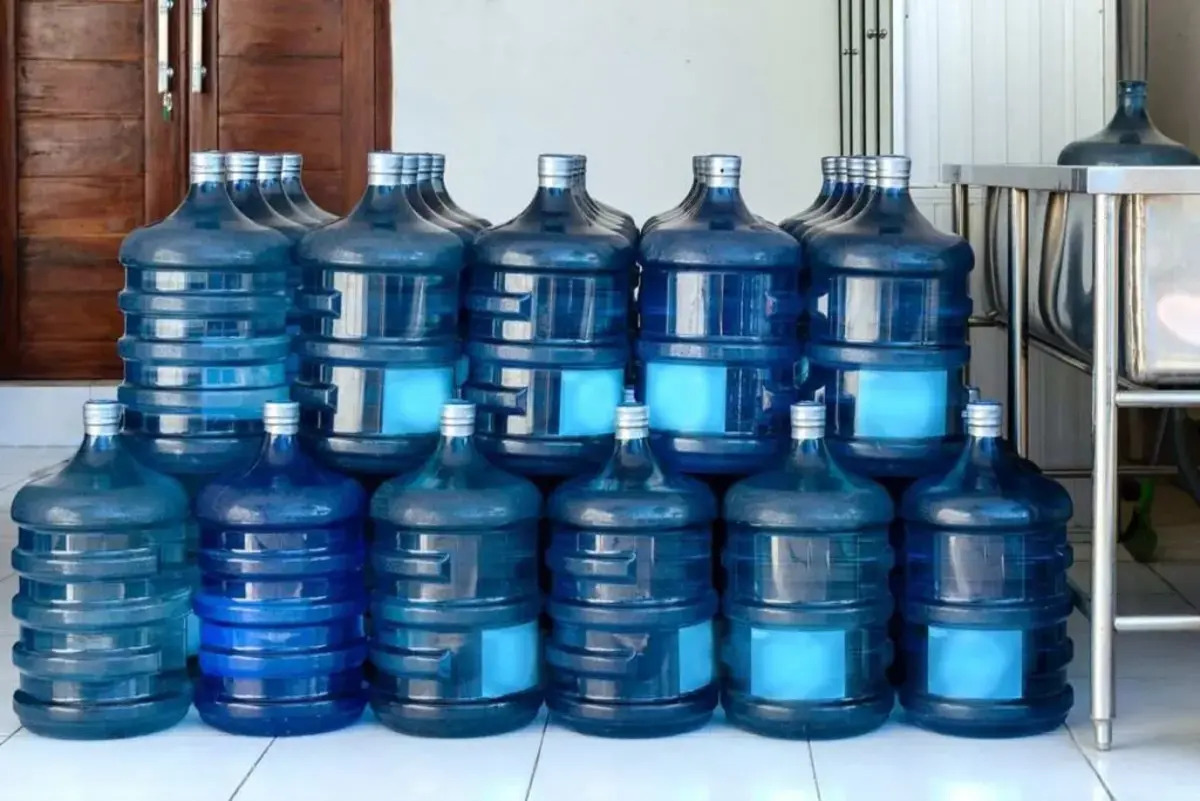

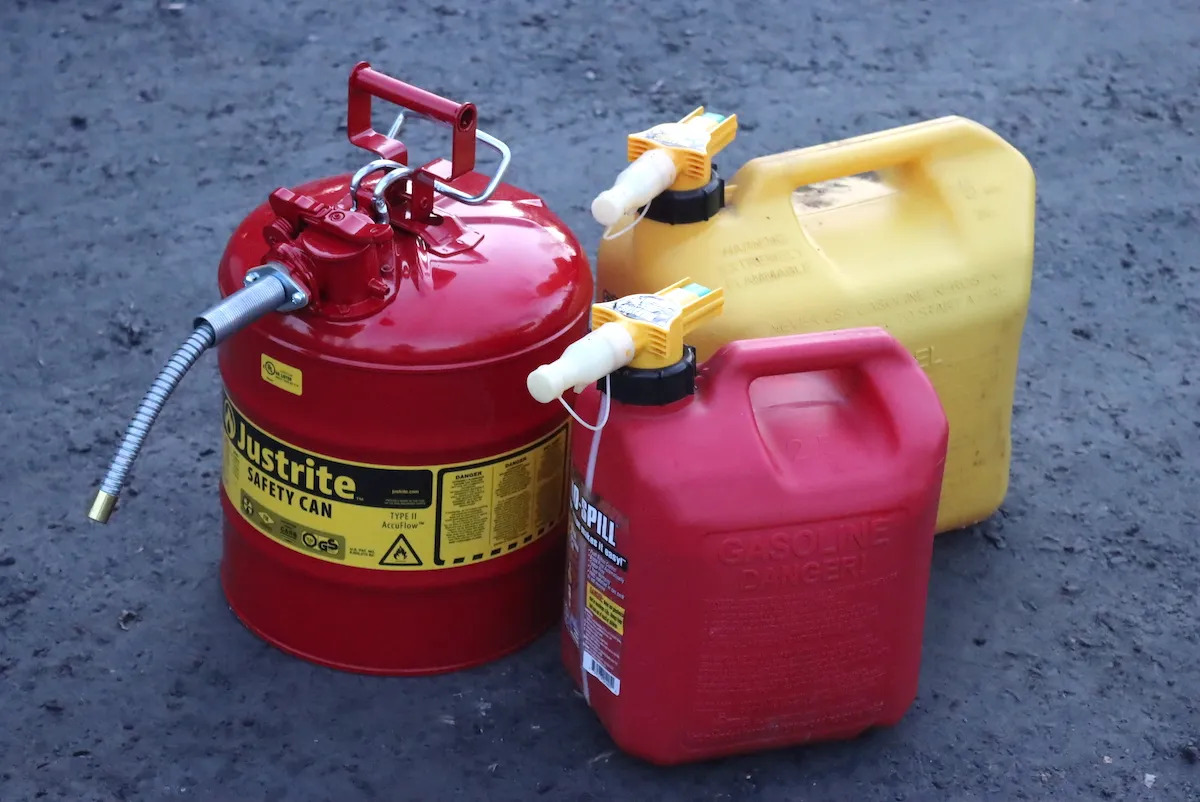
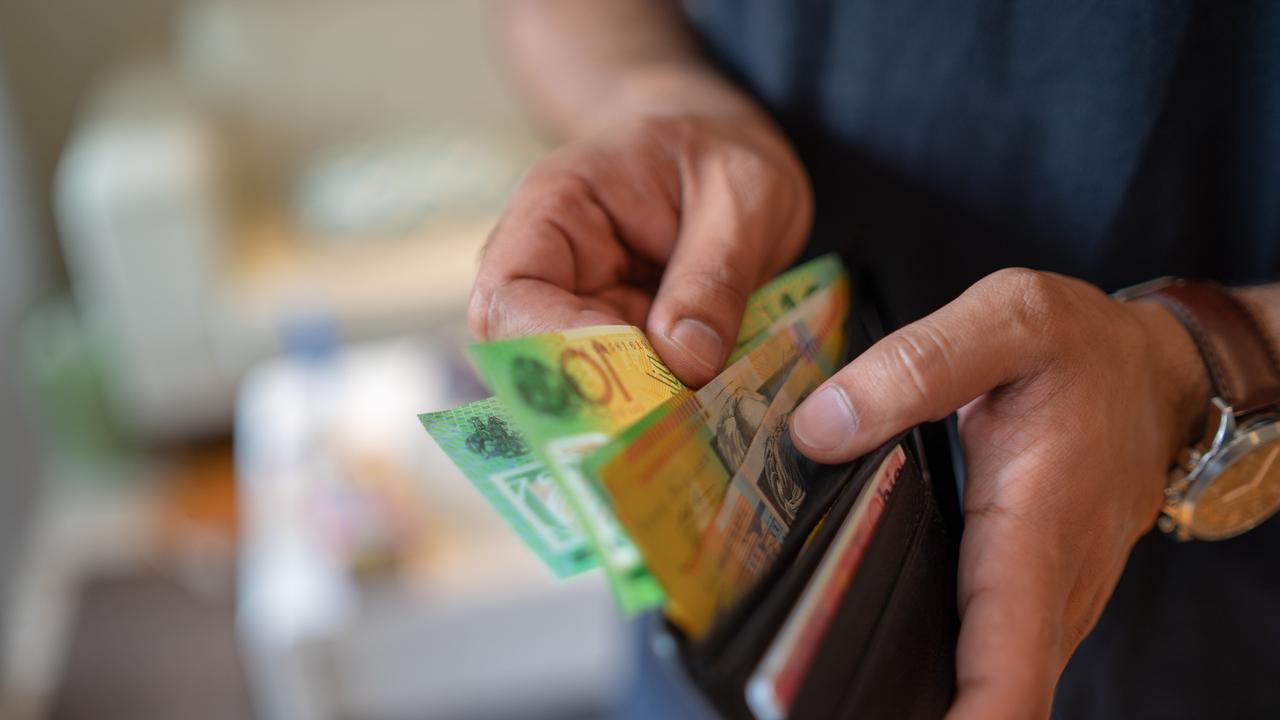
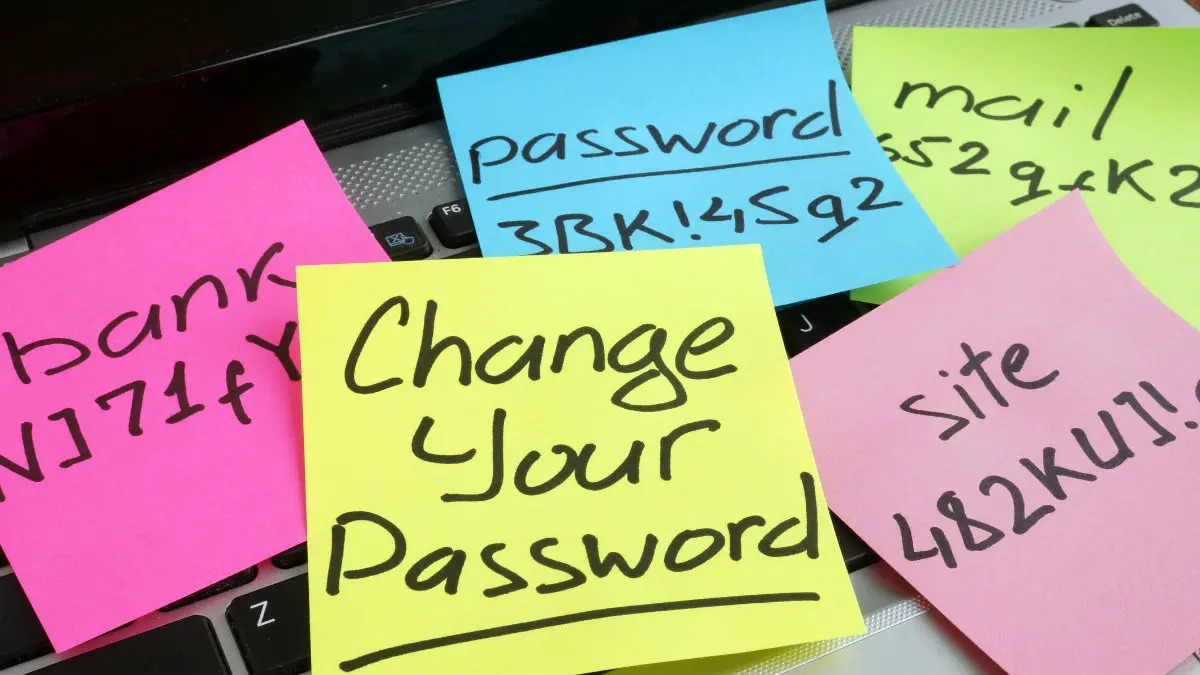

0 thoughts on “How To Store Cash In A Safe”